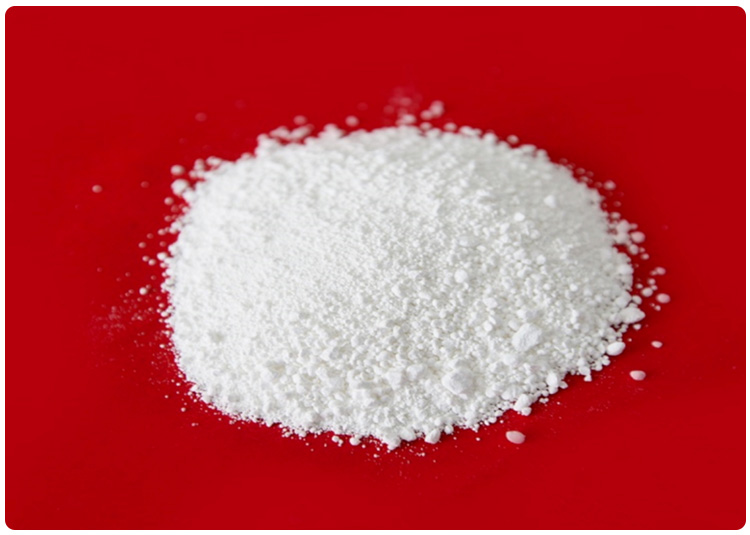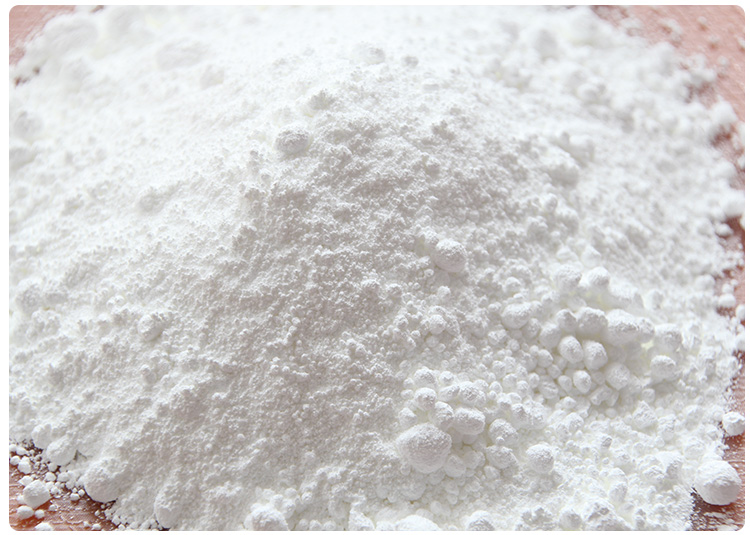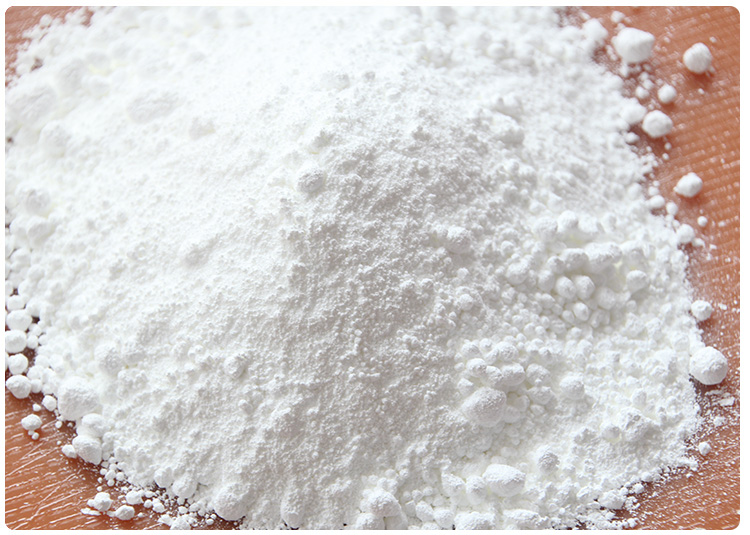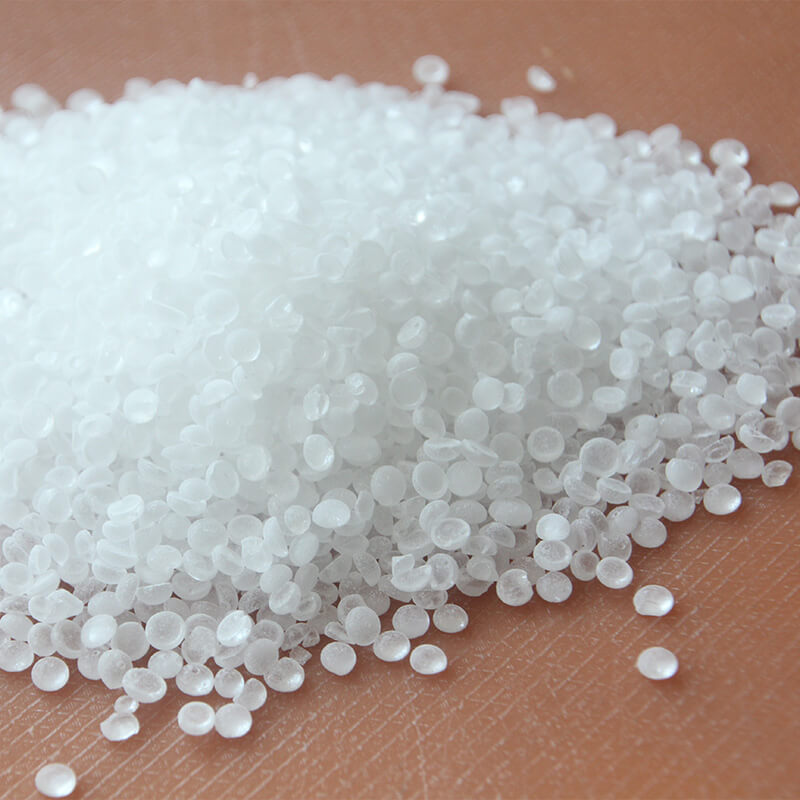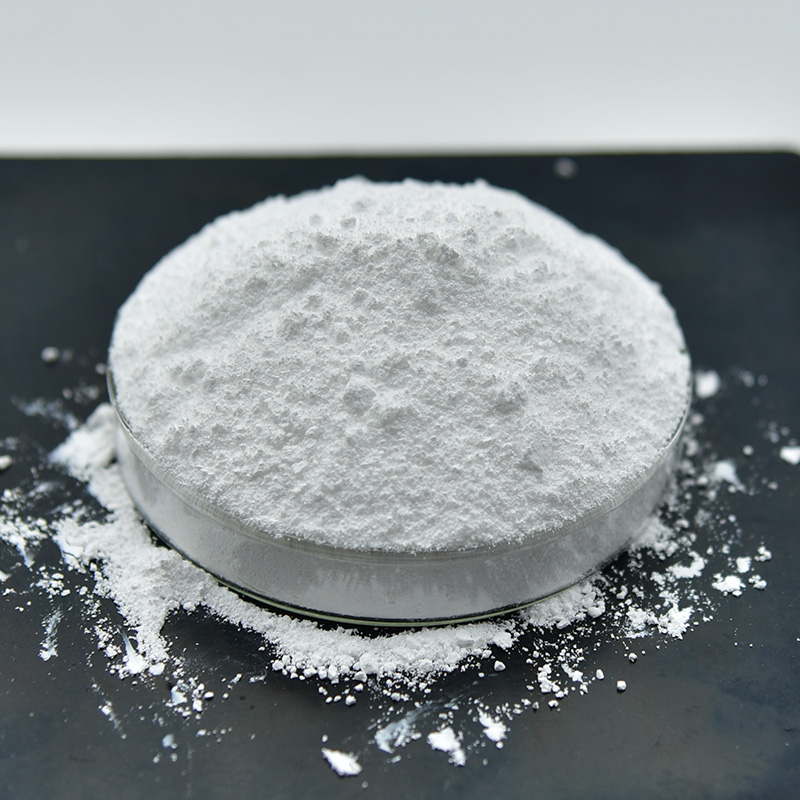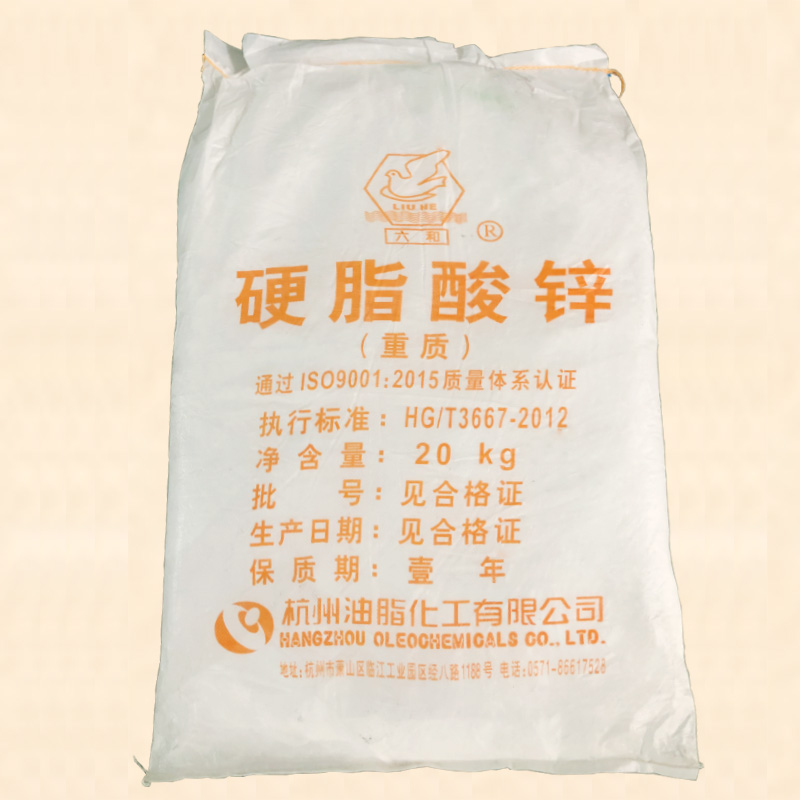Benefits of Indirect Zinc Oxide
- Mingpai
- 2024-06-14 17:34:08
Indirect method zinc oxide offers several advantages over other production methods, primarily in terms of quality, performance, and versatility. Here are the key benefits:
Superior Quality: The indirect process allows for better control over purity and quality, resulting in a product with high purity levels that is widely trusted across various industries.
Optimized Physical and Chemical Properties:
- Fine and Uniform Particle Size: This enhances dispersion, ensuring even distribution in different media and improving material properties.
- High Purity: Lower impurities lead to enhanced product purity and stability.
- Excellent Reactivity: It reacts swiftly and completely, boosting production efficiency and end-product quality.
- Bright White Color: Suitable for applications where color integrity is crucial.
Enhanced Material Performance:
- In the ceramic industry, it facilitates fusing, reduces thermal expansion, improves heat stability, and increases gloss and whiteness.
- Within the electrical and electronics sector, it's used for transparent conductive films, electrodes, and semiconductor films with luminescent or pressure-sensitive resistance properties.
- In plastics and rubber manufacturing, it acts as a reinforcing agent and accelerator, significantly improving wear resistance, aging properties, and lifespan while reducing rubber usage.
Special Functionalities: Exhibits strong UV resistance and anti-aging properties, and in some cases, infrared sensitivity, UV response, and antibacterial capabilities, making it valuable in unique applications like cosmetics and coatings.
Ease of Processing: Its ease of dispersion and ability to form stable dispersions simplify production processes and reduce technical complexity.
In summary, indirect method zinc oxide, due to its distinctive physical and chemical characteristics and functional attributes, significantly enhances product performance across numerous sectors, not only improving properties but also contributing positively to environmental sustainability and cost-effectiveness.
